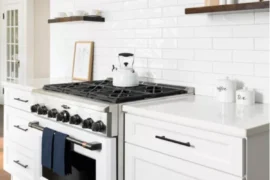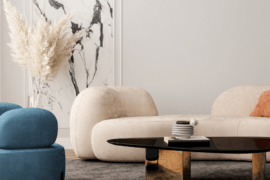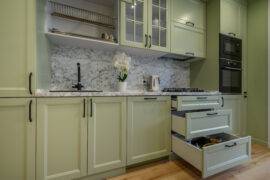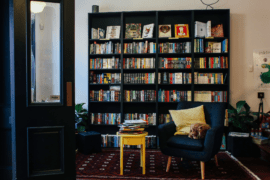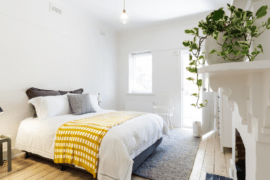Living in a small space can be cozy and charming, but it can also feel cramped and confining if not designed thoughtfully. Thankfully, with the right strategies, you can make a small room look and feel much larger than it actually is.
This comprehensive guide will provide various tips and tricks, from color choices and furniture placement to lighting and decor. By the end of this article, you’ll have a plethora of ideas for transforming your compact space into an open, airy haven.
Use Light Colors and Clever Contrasts
Light Colors for an Airy Feel
One of the most effective ways to make a small room look bigger is to use light colors. Light shades like whites, pastels, and soft neutrals reflect light, making the room feel open and airy. Dark colors, on the other hand, absorb light and can make a space feel smaller.
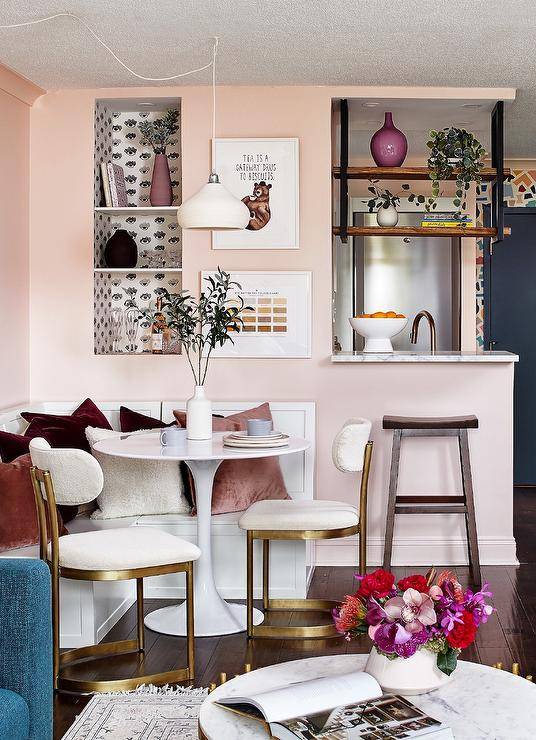
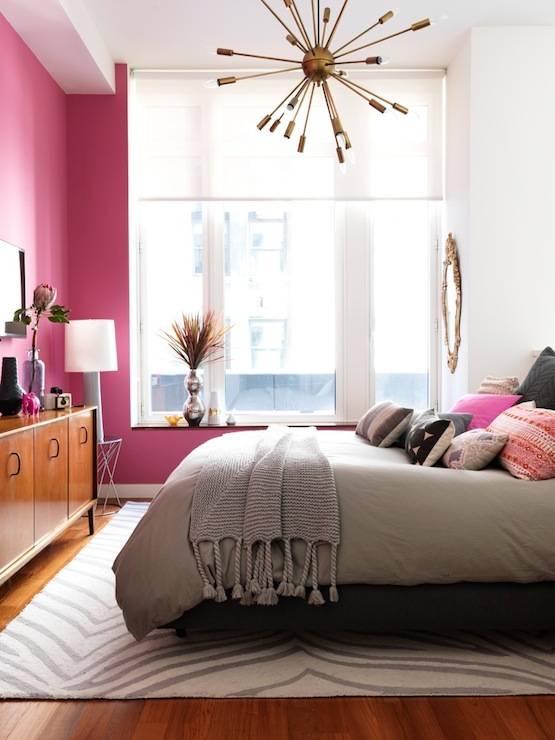
Create Depth with Contrasts
While light colors can open up a space, incorporating contrasting colors can add depth. For instance, painting one wall a slightly darker shade than the others can create a focal point and give the illusion of a larger room. Just be careful not to overdo it; the goal is to subtly enhance the space without overwhelming it.
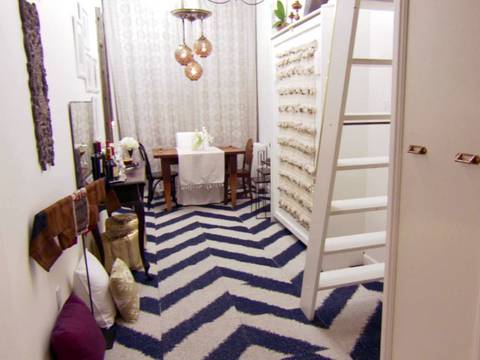
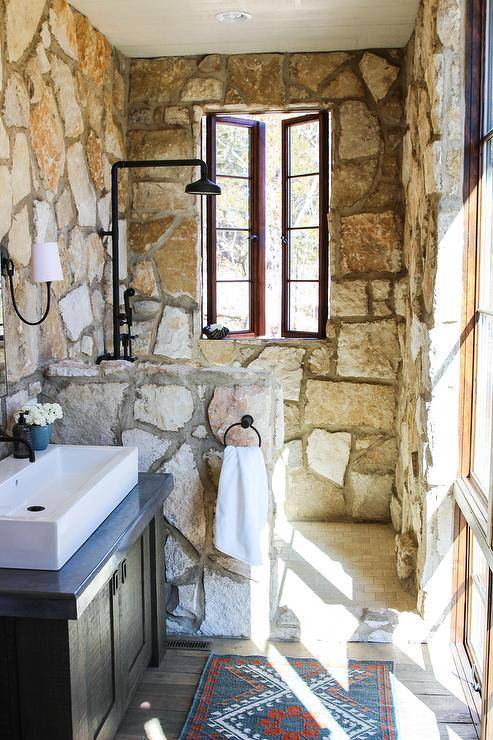
Maximize Natural Light
Embrace Windows and Mirrors
Natural light is your best friend when it comes to making a room look bigger. Keep your windows unobstructed and use light, airy curtains to let in as much light as possible. Additionally, strategically placed mirrors can reflect natural light and create the illusion of more space. A large mirror positioned opposite a window will bounce light around the room, making it feel brighter and more expansive.

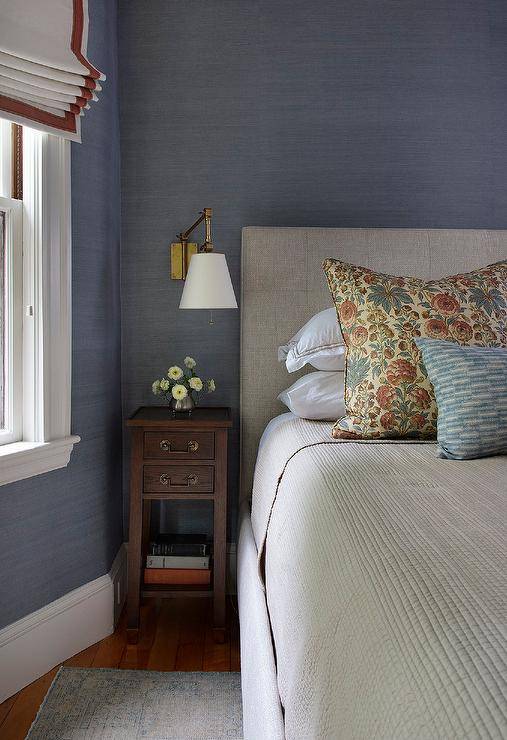
Opt for Sheer Window Treatments
Sheer curtains or blinds can provide privacy without blocking out natural light. This allows your room to stay bright and open, contributing to the feeling of spaciousness. If you need more privacy, consider layering sheer curtains with heavier drapes that can be pulled back during the day.


Strategic Furniture Placement
Choose Multi-Functional Furniture
Every piece of furniture should earn its keep in a small room. Opt for multi-functional furniture like sofa beds, storage ottomans, or coffee tables with built-in storage. These pieces help you save space while still providing the functionality you need.

Keep Furniture Off the Floor
Furniture that sits directly on the floor can make a room feel cramped. Instead, choose pieces with legs, which create a sense of openness by allowing you to see more of the floor. Floating furniture, like wall-mounted shelves or desks, can also free up floor space and make the room appear larger.
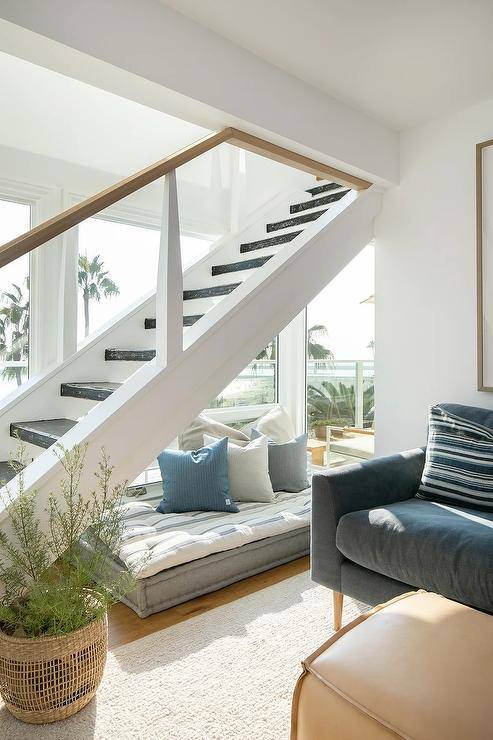
Declutter and Organize
Simplify Your Space
Clutter can make any room feel smaller and more chaotic. Keep your space tidy by regularly decluttering and getting rid of items you don’t use or need. Use storage solutions like baskets, bins, and shelves to keep essential items organized and out of sight.


Use Vertical Space
When floor space is limited, look up! Vertical storage solutions like tall bookshelves, wall-mounted cabinets, and hanging organizers can help you make the most of your available space. These not only keep your room organized but also draw the eye upward, making the room feel taller and more spacious.
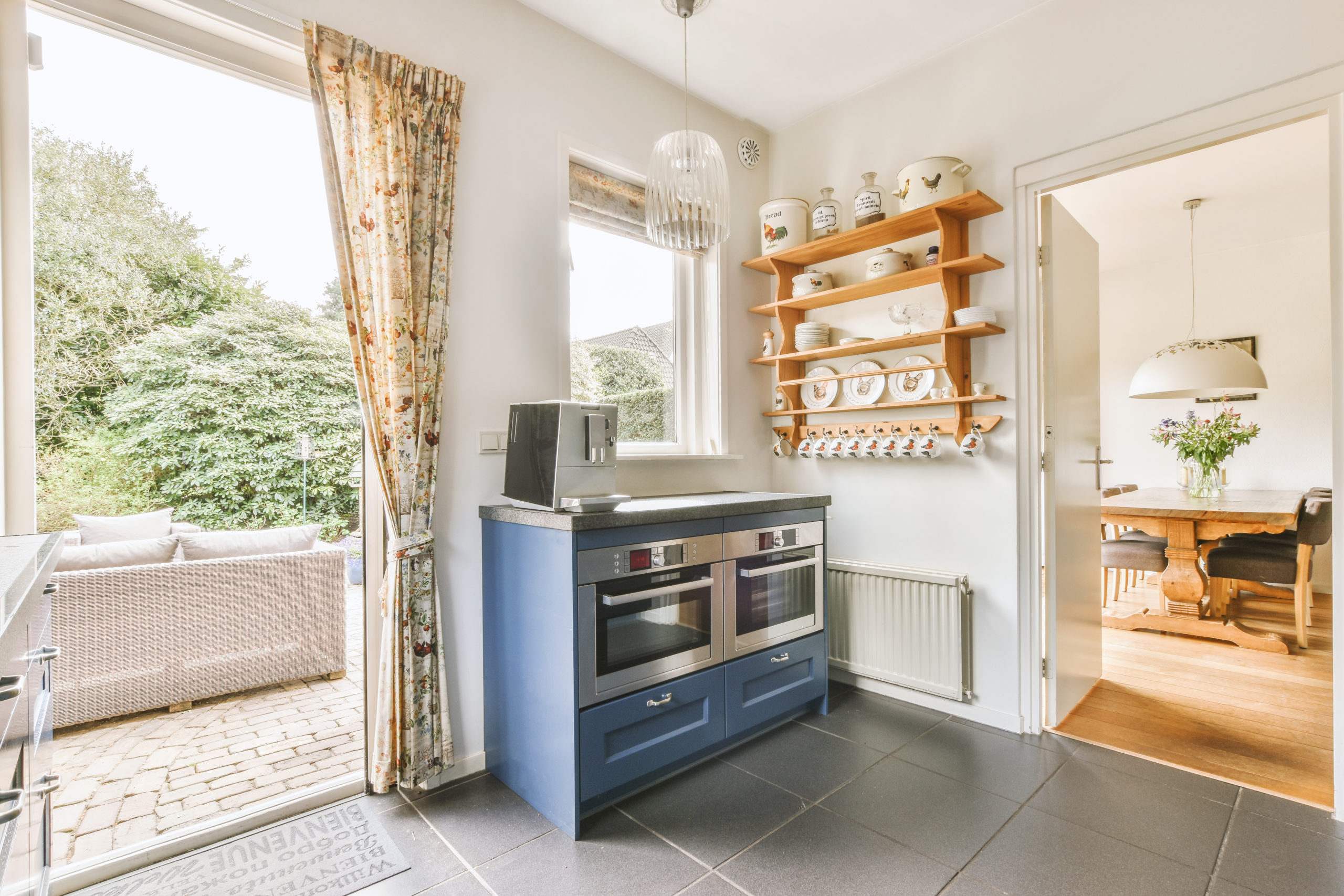

Smart Decor Choices
Minimalist Approach
Less is more when it comes to decorating a small room. Stick to a minimalist approach by choosing a few key pieces that you love. Overcrowding the space with too many decorations can make it feel cluttered and cramped.
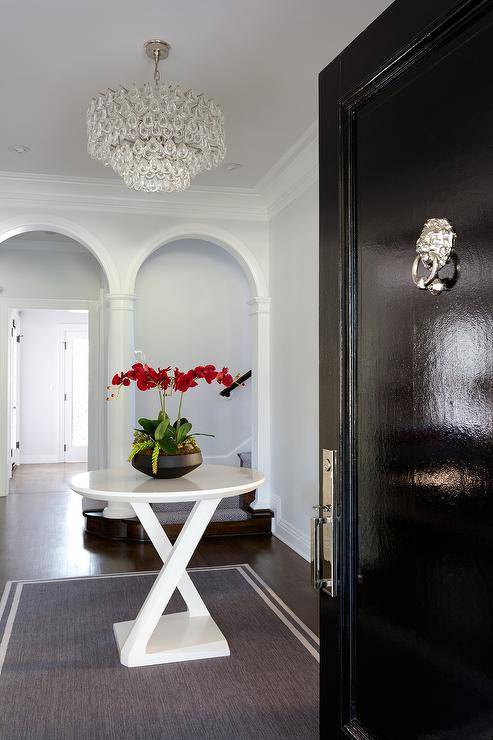
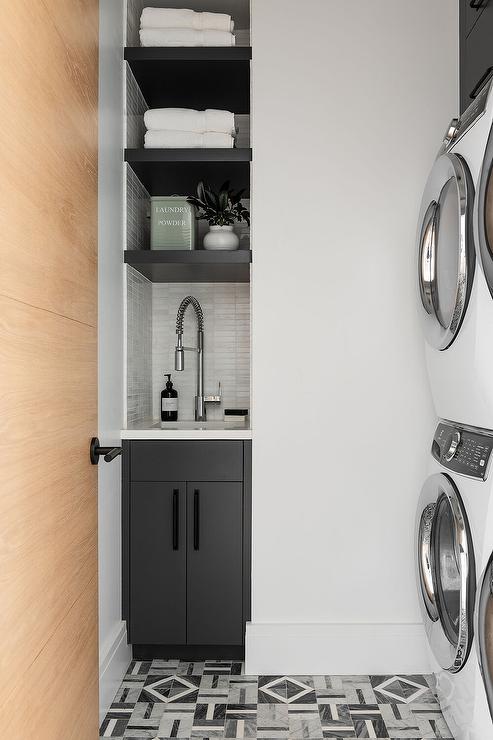
Use Large-Scale Art
While it might seem counterintuitive, using large-scale art can actually make a small room feel bigger. A single large painting or oversized photograph can create a sense of scale and draw the eye, making the room feel more expansive. Just be sure not to overdo it; one statement piece is usually enough.

Optimize Lighting
Layered Lighting
Good lighting can dramatically alter the perception of space in a room. Use a combination of ambient, task, and accent lighting to create a well-lit space. Layered lighting helps eliminate shadows and dark corners, making the room feel larger and more inviting.

Avoid Heavy Light Fixtures
Bulky light fixtures can overwhelm a small room. Instead, opt for sleek, unobtrusive fixtures that provide ample light without taking up too much visual space. Recessed lighting, wall sconces, and floor lamps are excellent choices for small rooms.
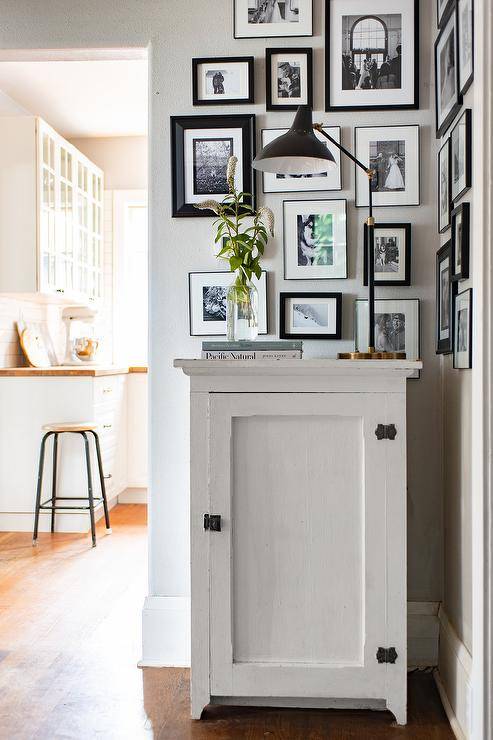
Play with Textures
Use Reflective Surfaces
Reflective surfaces like glass, mirrors, and glossy finishes can enhance the feeling of space in a small room. These materials reflect light and create a sense of depth, making the room feel larger and more open.

Incorporate Light Fabrics
Heavy, dark fabrics can weigh down a small room. Choose light, airy fabrics for your curtains, upholstery, and bedding to keep the space feeling open and inviting. Linen, cotton, and silk are excellent choices for small spaces.
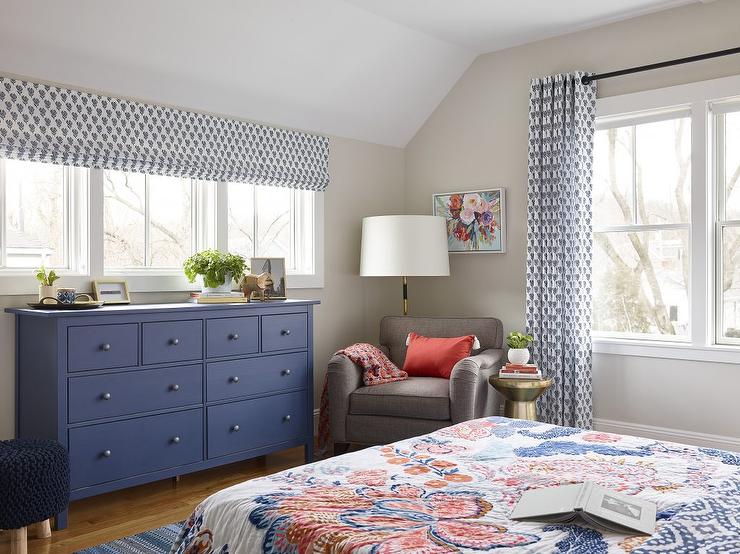
By implementing these strategies, you can transform your small room into a spacious, inviting retreat. Remember, the key to making a small room look bigger lies in thoughtful design, smart furniture choices, and effective use of color and light.
Related Articles
- 19 Wall Mounted Desk Ideas Perfect For Small Spaces
- Small Corner Desk Ideas for Maximizing Work Space
- 10 Small Living Room Dining Room Combo Layout Ideas
Turn your house into the home of your dreams. Our newsletter provides you with design ideas and decor trends. Subscribe now to start your journey to a stunning home! Click here to subscribe now.
Frequently Asked Questions (FAQs)
What colors make a small room look bigger?
Light colors such as whites, pastels, and soft neutrals are ideal for making a small room look bigger. These shades reflect light, creating an open and airy feel. You can also use contrasting colors to add depth and dimension.
How can I use mirrors to make my room look bigger?
Mirrors reflect light and create the illusion of more space. Place a large mirror opposite a window to bounce natural light around the room. You can also use mirrored furniture or decor to enhance the sense of openness.
What kind of furniture is best for small rooms?
Multi-functional and space-saving furniture is ideal for small rooms. Look for pieces that offer storage solutions, such as ottomans with hidden compartments or wall-mounted desks. Furniture with legs can also create a sense of openness by allowing you to see more of the floor.
How can I maximize natural light in a small room?
Keep windows unobstructed and use sheer window treatments to let in as much natural light as possible. Mirrors can also help reflect natural light and brighten up the room.
What are some storage solutions for small spaces?
Utilize vertical storage solutions like tall bookshelves and wall-mounted cabinets. Baskets, bins, and under-bed storage can also help keep your space organized and clutter-free.
How can I decorate a small room without making it feel cluttered?
Stick to a minimalist approach by choosing a few key pieces that you love. Use large-scale art to create a sense of scale and avoid overcrowding the space with too many decorations.
What lighting is best for a small room?
Layered lighting, which includes ambient, task, and accent lighting, is ideal for small rooms. Avoid heavy light fixtures and opt for sleek, unobtrusive options like recessed lighting, wall sconces, and floor lamps.
